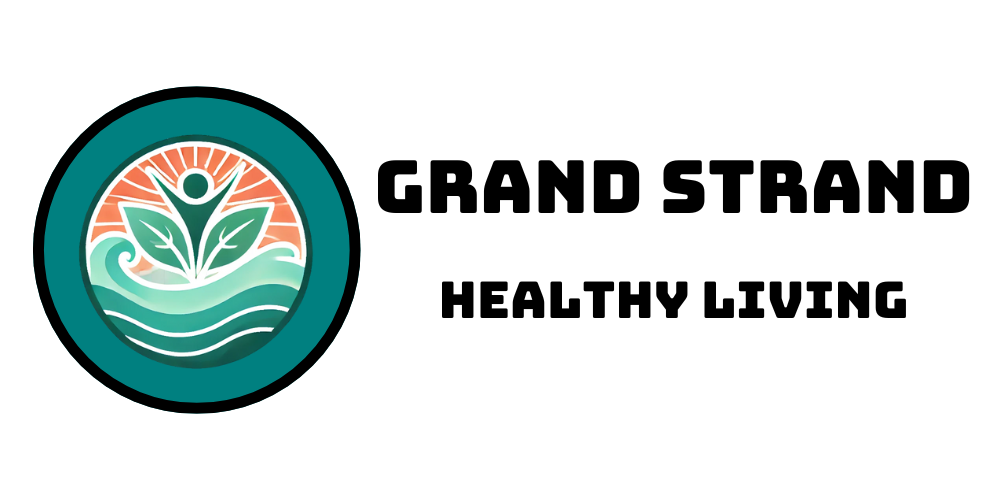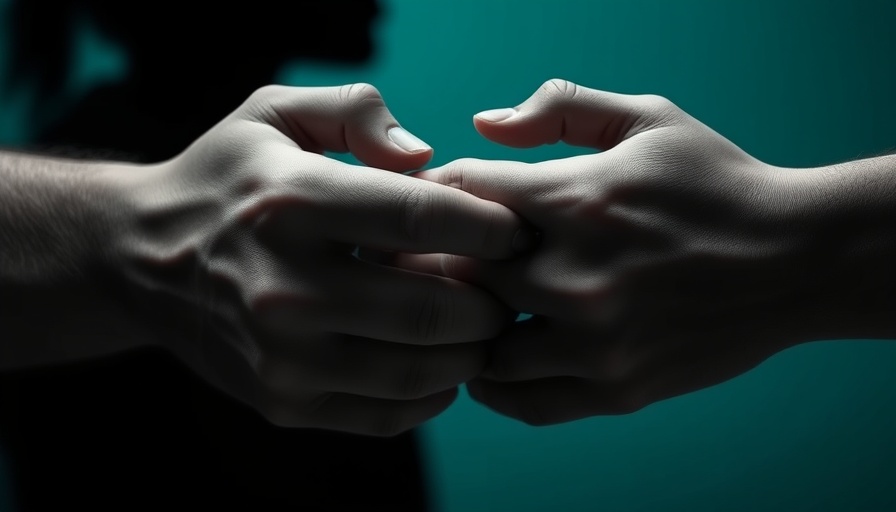
Understanding Urination Frequency: What’s Normal?
For many of us, urinating is such an automatic part of our daily routine that we hardly think about it. In fact, on average, most adults urinate between six to eight times a day, according to Dr. Philippe Zimmern, a urologist at UT Southwestern Medical Center. However, if you notice a change in this pattern, it might prompt you to ask: Am I peeing too much?
What Influences Our Bathroom Habits?
Several factors can influence how often we visit the bathroom. Age, hydration levels, physical activity, and even the weather can play a role. Interestingly, a recent study reported in the journal Nursing Research found that healthy women may urinate between two to ten times a day and zero to four times at night. Older women, in particular, tend to pee more frequently. This variance highlights the importance of viewing any changes in urinary habits within the context of one’s personal health and lifestyle.
Quality Over Quantity: The Importance of Urine Appearance
Aside from frequency, the quality of urine can tell us a lot about our hydration status. Ideally, urine should be a light yellow color, and clear if you’re adequately hydrated. On the other end of the spectrum, dark yellow urine could indicate dehydration. As Dr. Zimmern points out, certain foods and supplements can alter urine color—rich diets or specific medications can give it a more vivid hue.
When Should You Be Concerned About Urination?
While it’s essential to be aware of what is considered normal, it’s equally important to recognize when something might be wrong. Signs to watch out for include:
- Cloudy or bloody urine
- Strong odors that persist beyond common foods
- Difficulty or pain while urinating
Such symptoms could indicate a bladder infection or other medical issues that warrant attention.
Increased Frequency: When Is It Too Much?
Dr. Nathaniel Barnes, a urologist at Memorial Hermann Health System, notes that if you find yourself needing to urinate more than eight times a day while awake, this could signify increased frequency—a potential symptom of diabetes or other conditions. When sugar spills into the urine, it pulls additional water along, leading to increased urination. Staying aware of these warning signs can help catch early symptoms and encourage timely treatment.
The Local Connection: Health Insights for Residents of the Grand Strand
For those living in the beautiful coastal areas of Myrtle Beach, North Myrtle Beach, and surrounding towns like Pawleys Island and Little River, fostering a healthy lifestyle is particularly important. Being attentive to bodily changes such as urination patterns, alongside regular health check-ups, helps ensure you stay as vibrant as the scenery around you. From the tranquil shores to community events, a healthy body contributes significantly to enjoying everything these towns have to offer.
Practical Tips for a Healthy Bladder
To maintain good urinary health, consider these tips:
- Stay Hydrated: Aim for clear or light-colored urine as a hydration goal.
- Manage Caffeine and Alcohol: These can irritate the bladder and increase urgency.
- Practice Relaxation Techniques: Stress management can also help with urinary urgency.
By incorporating these habits into your daily life, you can maintain healthier urinary function.
Final Thoughts on Your Peeing Patterns
Regularly assessing your urination habits is crucial for your overall health. An open dialogue with your healthcare provider about any unusual changes can lead to preventing more serious issues in the future. In thriving communities like Surfside Beach, Garden City, and Georgetown, prioritizing health and wellness fosters stronger, happier residents.
So, next time you find yourself pondering, “Am I peeing too much?”, remember that awareness and regular check-ins with your health are vital components of a balanced, healthy lifestyle. Embrace the vibrant life at the Grand Strand while staying tuned in to what your body is telling you!
 Add Row
Add Row  Add
Add 





Write A Comment